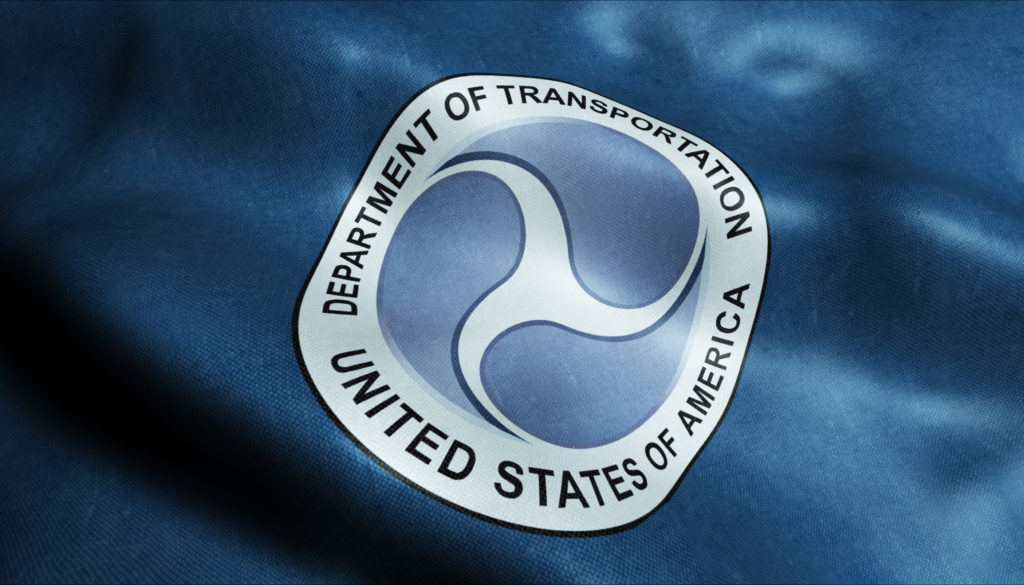
By keeping safety practices first and foremost in company culture and utilizing innovative safety technology, trucking carriers can mitigate the effects of rising insurance costs, according to a new American Transportation Research Institute report.
The report, entitled “The Impact of Rising Insurance Costs on the Trucking Industry,” was released in February and analyzed the data showing that the steep incline of insurance premiums between 2009 snd 2018 exceeds the overall rate of truck-involved crash number increases, although annual insurance costs are meant to take into account the company’s incident history.
“The largest percent increase in premium costs per mile was seen in very large fleets,” the report explained. “Even though very large fleets have the lowest premium cost per mile, this large percent increase poses significant challenges for operational planning.”
For its report, ATRI surveyed 82 motor carriers operating a total of 94,555 trucks, and found that per-mile insurance prices rose by 47% over the last 10 years–from 59 to 87 cents, and that small fleets had premiums that were twice as high per mile as those of larger fleets. Additionally, large fleets with between 101 and 1,000 trucks were found to be paying nearly double per mile as compared to very large fleets with more than 1,000 trucks.
90% of carriers also saw premiums rise between 2018 and 2020, although fewer than 13% of carriers actually increased their insurance coverage. 18.3% of large and very large fleets endured 50% increases in their premiums without increasing any coverage. Throughout the United States, the largest insurance premium increase was seen in the Southeast, while the Northeast continues to have the highest premiums overall.
According to ATRI, when insurance companies have to deal with litigation, those financial difficulties can end up affecting the motor carriers they cover. Additionally, insurance industry economic conditions have had a steady impact on premium rates, and commercial vehicle insurers saw a 50% increase in losses between 2015 and 2019. In states with higher frequencies of litigation involving truck registrations, loss ratios tended to be particularly high.
“External factors that go well beyond carrier safety force commercial trucking insurance costs to increase, which then requires carriers to redesign their business strategies,” explained chief insurance officer for the Insurance Information Institute, Dale Porfilio. “The higher premiums ultimately tend to be passed along to consumers in the form of higher prices for goods and services. ATRI’s study corroborates the Triple-I’s research on rising insurance costs and social inflation—that increased litigation and other factors dramatically raise insurers’ claim payouts.”
Many carriers have been working to make up for the losses incurred with insurance premium increases by reducing maintenance spending, equipment purchases, wages, and bonuses–in addition to attempting to rework their insurance policies. Still, cutting spending in these areas may bring about a major increase in risk costs and allow for a worsening of long-term problems, including low productivity and exacerbated driver shortage issues, ATRI warned.
Carriers should instead begin prioritizing any safety-centric actions, such as investments in safety technology, litigation liability, boosted driver training, and improved hiring processes, ATRI said. This will help them better assess their total potential risk costs–and lower them.
“This comprehensive approach enables carriers to organize costs more effectively for the long-term by emphasizing the impacts that all cost centers have on safety and the relationships between them,” ATRI noted in its report.
Out of 92% of motor carriers surveyed by ATRI, the implementation of driver-assist safety technology has been the most steady trend. ATRI found that the most commonly-used tech included road-facing cameras, which are “a strategic tool for insurers, carriers, and drivers, as they provide irrefutable safety documentation, thus lowering claims and defense costs,” ATRI said.
Other helpful safety tech includes forward-collision warning, electronic stability control, blindspot detection, and lane-departure warning. Utilizing a variety of these technologies may allow for the mitigation or prevention of around 28% of all reported large-truck involved crashes, according to the Insurance Institute for Highway Safety.




